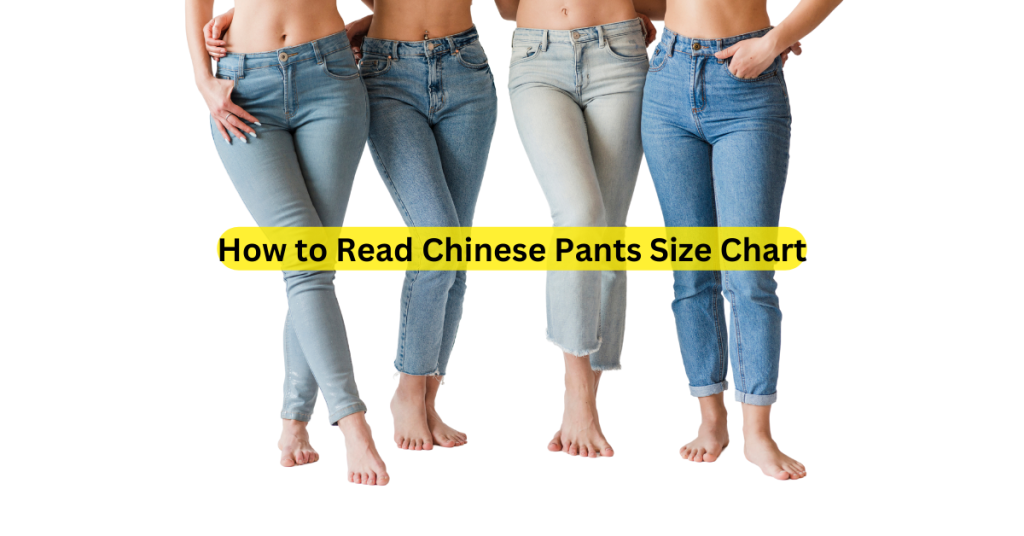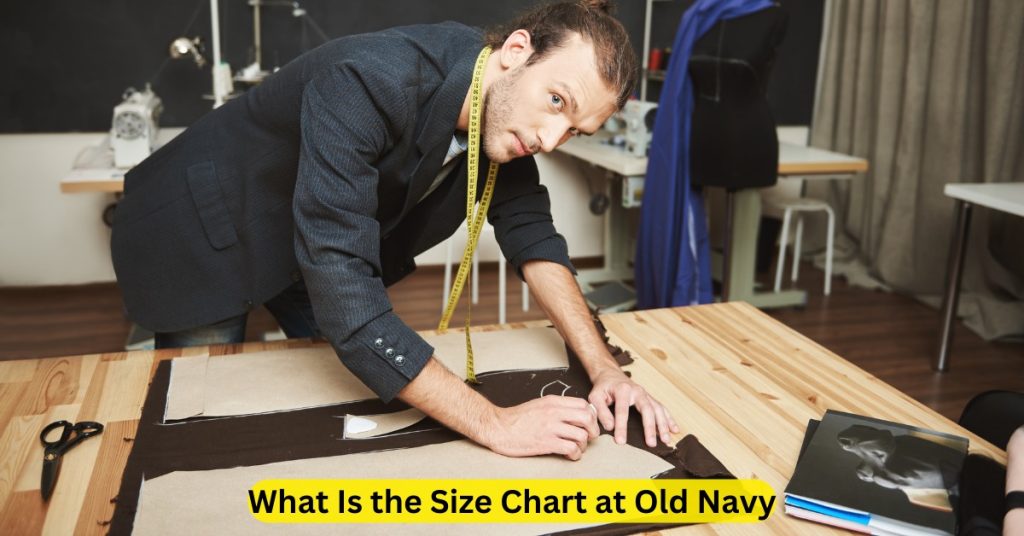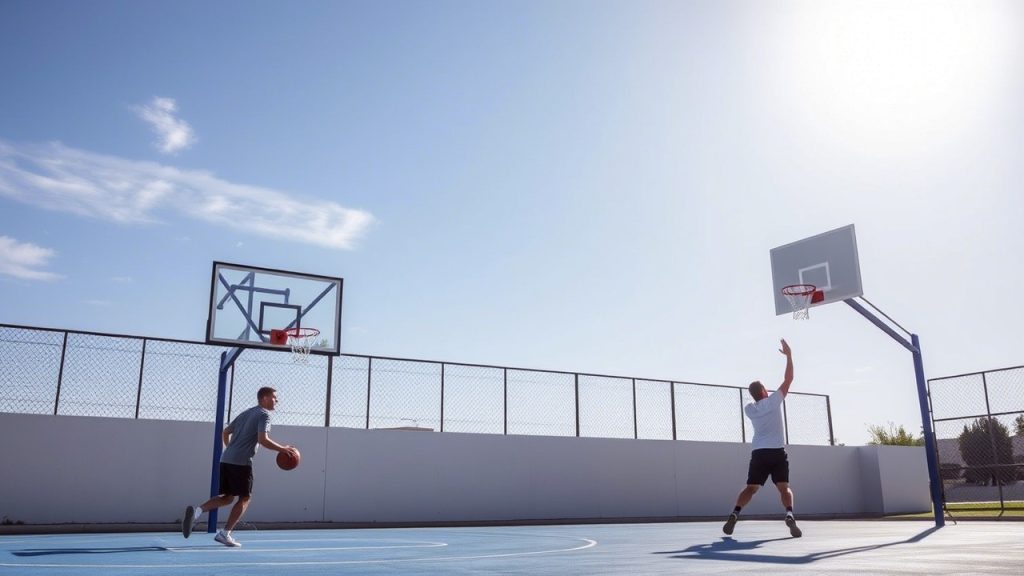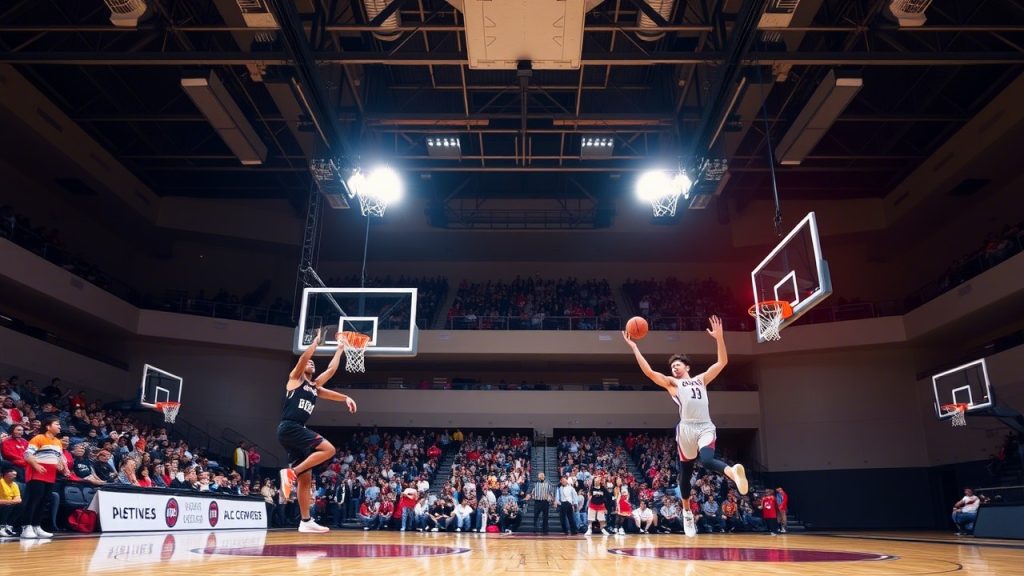17 Best Ski Boot Size Chart Ideas to Achieve the Ultimate Fit
Skiing is one of the most exhilarating winter sports, but it can quickly turn uncomfortable if your equipment isn’t properly fitted. Ski boots, in particular, play a crucial role in both comfort and performance on the slopes. The right ski boots ensure that your feet stay warm, your movements are precise, and your ski experience is enjoyable. Achieving the ultimate fit is a combination of understanding your foot size, the right type of boots for your skiing style, and even the shape of your foot. This guide will cover 17 ski boot size chart ideas to help you find the perfect pair of boots.
1. Understanding Ski Boot Sizing
Before diving into ski boot size charts, it’s important to understand how ski boots are sized. Ski boots are typically sized in Mondopoint (MP), which refers to the length of your foot in centimeters. Unlike regular shoe sizing, which may differ by country or brand, Mondopoint sizing is consistent and universal. When shopping for ski boots, you’ll see sizing charts that compare foot length in centimeters to Mondopoint sizes.
A ski boot’s fit can also be influenced by the last width, which refers to the boot’s width. A boot can be narrow, medium, or wide, and selecting the correct width is just as important as choosing the correct length. Ski boots are designed for different foot shapes and types, so understanding these categories will guide you to the perfect fit.
2. Measure Your Feet
Proper sizing begins with measuring your feet. Use a ruler or measuring tape to measure the length of your foot from the heel to the longest toe. Do this for both feet, as they might differ in size. Most ski boots come in half sizes or full sizes, so knowing the exact measurement of your foot will help you pick the right ski boot size.
It’s also crucial to measure the width of your feet. Stand up and use a soft measuring tape to measure the widest part of your foot. If you’re unsure, it’s always wise to visit a professional boot fitter for accurate measurements.
3. Consider Ski Boot Types
Ski boots come in several categories, each suited for different types of skiing. The most common categories are:
- Alpine Ski Boots: Designed for downhill skiing. These boots provide a firm, controlled fit for speed and agility.
- Backcountry Ski Boots: Designed for off-piste skiing, these boots often feature a more flexible cuff to allow for walking or hiking.
- Freestyle Ski Boots: Made for skiers who prefer tricks and jumps, these boots are typically lighter and more flexible.
- Touring Ski Boots: These boots are designed for uphill skiing, offering a more relaxed fit and greater comfort.
When choosing a ski boot, make sure to consider the type of skiing you’ll be doing. The fit and flex of the boot will impact your performance.
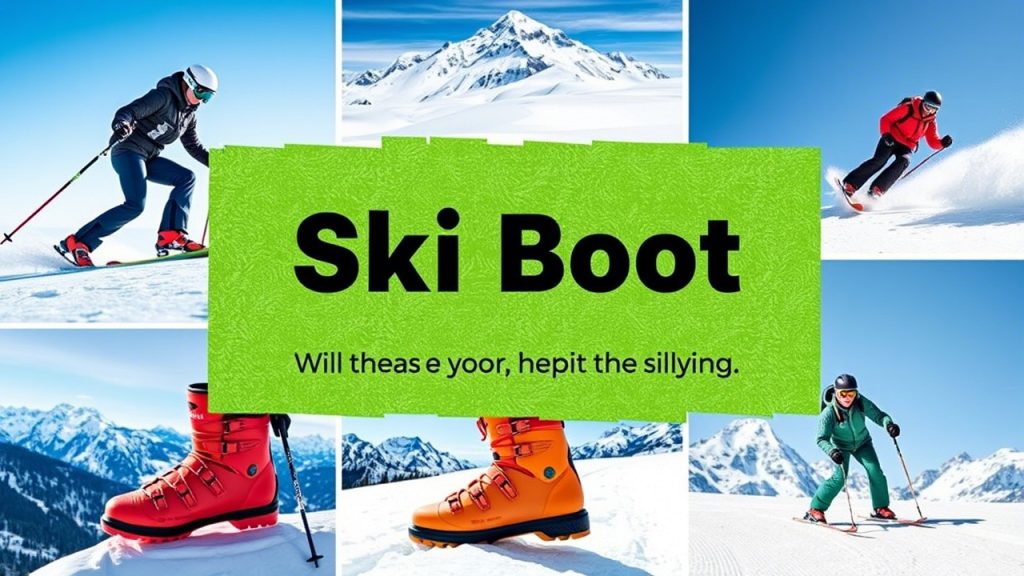
4. Ski Boot Flex Index
The flex index of a ski boot refers to how stiff or flexible the boot is. Skiers who prefer a more aggressive skiing style (e.g., high-speed downhill) will often choose a boot with a higher flex rating. Lighter or less aggressive skiers might prefer a boot with a softer flex for comfort and ease of movement. When choosing a boot, consider your skiing ability and style to determine the ideal flex index.
- Flex Rating 50-60: Best for beginner skiers who require a more forgiving and comfortable fit.
- Flex Rating 60-80: Ideal for intermediate skiers looking for a balance between comfort and performance.
- Flex Rating 80-110: Suited for advanced skiers who need precision and control on the slopes.
- Flex Rating 110 and above: Reserved for expert skiers who require maximum performance.
5. Custom Footbeds
Even if you choose the right ski boot size, custom footbeds can help take your fit to the next level. Footbeds are molded inserts that sit inside your ski boots, providing additional support, comfort, and alignment for your feet. A custom footbed helps distribute pressure more evenly across your feet, alleviating discomfort and enhancing performance. Many boot fitters offer footbed customization to create the best fit for your feet.
6. Ski Boot Width (Last Width)
As mentioned earlier, the width of your ski boots, referred to as the last width, plays an important role in ensuring comfort and performance. Ski boots come in different widths, and the right width will depend on your foot shape. Here’s a breakdown of common ski boot widths:
- Narrow (97mm – 98mm last): Ideal for skiers with slim feet or low-volume feet.
- Medium (100mm – 102mm last): Standard width, suitable for most foot shapes.
- Wide (104mm – 106mm last): Best for skiers with wider feet or higher insteps.
Knowing the shape and width of your feet will help you choose the appropriate last width. If your boots feel too tight in the toe area, you may need to opt for a wider last, whereas narrower boots are best for more compact feet.
7. Boot Stiffness and Fit: How It Affects Comfort
Ski boots with too much stiffness can cause discomfort and foot fatigue, while boots that are too soft might not provide enough support or control. A good ski boot should fit snugly but not painfully tight, especially in the ankle, heel, and forefoot areas. However, ski boots tend to “break in” over time, so slight tightness is normal. The key is to find a boot that balances stiffness and flexibility, giving you control without sacrificing comfort.

8. 17 Best Ski Boot Size Chart Ideas
Here are 17 specific ideas to help you navigate ski boot sizing and achieve the ultimate fit:
- Measure Your Foot Length and Width: As the first step, use a foot measuring tool to get your accurate foot measurements.
- Determine Your Skiing Style: Choose the boot that aligns with your skiing type (downhill, freestyle, touring, etc.).
- Choose the Right Flex Rating: Select a boot with the appropriate flex rating based on your skill level.
- Go for a Snug Fit: Your boots should fit snugly around your foot without squeezing or causing discomfort.
- Try on Multiple Pairs: Don’t settle for the first pair you try on. Try several to find the best fit.
- Consider Boot Liner Customization: A heat-moldable liner can significantly improve the fit by molding to the shape of your foot.
- Opt for Custom Footbeds: Footbeds can improve comfort and give your foot the right amount of support inside the boot.
- Look for Boots with Adjustable Buckles: Adjustable buckles allow for better customization of the fit.
- Check for Heel Lift: Ensure there’s minimal heel lift when you buckle up your boots for added control and comfort.
- Take Advantage of Boot Fitting Professionals: If possible, get a professional boot fitting for accurate adjustments.
- Pay Attention to Boot Stiffness: Choose a boot stiffness based on your ability and skiing preferences.
- Give Boots Time to Break In: Boots will soften slightly after wearing them on the slopes for a while, so don’t rush to judgments after just one try.
- Consider Boot Warmers: If you’re prone to cold feet, look for boots with built-in heating elements or purchase separate foot warmers.
- Try Boots with Different Closure Systems: Some boots have traditional buckles, while others have Velcro straps or a BOA lacing system for a precise fit.
- Check Boot Volume: If you have higher volume feet, look for boots with adjustable cuffs or a higher volume fit.
- Keep Ski Socks in Mind: Always try on ski boots with the socks you plan to wear while skiing, as this affects the fit.
- Test Boots on the Slopes: The ultimate test is on the mountain. If possible, test the boots while skiing to ensure they provide the fit and performance you need.
9. Frequently Asked Questions
1. How do I know if my ski boots are the right size?
Your ski boots should feel snug, especially around the heel and ankle. Your toes should barely touch the front of the boot when standing straight, but they should not be cramped. When you flex forward, your toes should pull away slightly from the front.
2. How tight should ski boots be?
Ski boots should feel snug but not painful. There should be no significant gaps or pressure points. A properly fitted ski boot will hold your foot securely without causing discomfort.
3. What’s the difference between ski boot sizes and regular shoe sizes?
Ski boots are measured in Mondopoint, which corresponds to the length of your foot in centimeters. Regular shoe sizes follow different sizing conventions depending on the country.
4. What should I do if my ski boots are too tight?
If your ski boots feel too tight, they may need to be adjusted, or you may need a different size. Consider a professional boot fitting, where liners can be heated and molded for a custom fit.
5. How do I know what ski boot flex rating is right for me?
Choose a flex rating based on your skill level and skiing style. Beginners should go for a softer flex, while advanced skiers prefer a stiffer boot for more control.
6. Should I buy ski boots online or in-store?
While buying ski boots online can be convenient, it’s highly recommended to try boots in-store for a proper fit. A professional boot fitting will ensure you get the right size and style for your needs.
7. Can ski boots be stretched or molded?
Many modern ski boots come with heat-moldable liners that can be customized to fit your foot shape. Some boot models also allow for stretching or adjustments in the shell.
8. How do I know if I have wide feet for ski boots?
If you typically need wider shoes, or if standard ski boots feel too tight across the foot or toes, you may have wide feet. Look for boots with a wider last to accommodate your foot shape.
9. How long do ski boots last?
With proper care, ski boots can last around 100-150 skiing days. If you notice discomfort or poor performance, it may be time to replace them.
Conclusion
Finding the perfect ski boot is a key factor in improving your skiing experience. With the right size, fit, and adjustments, you’ll have better control, more comfort, and fewer injuries. Keep in mind that ski boots should be snug, offer the right flex, and be customized to your foot’s shape. Armed with these 17 best ski boot size chart ideas, you’re now equipped to achieve the ultimate fit and ski with confidence!


